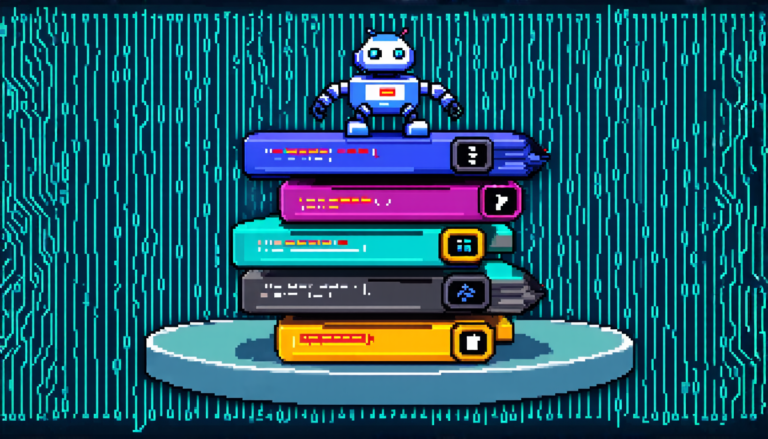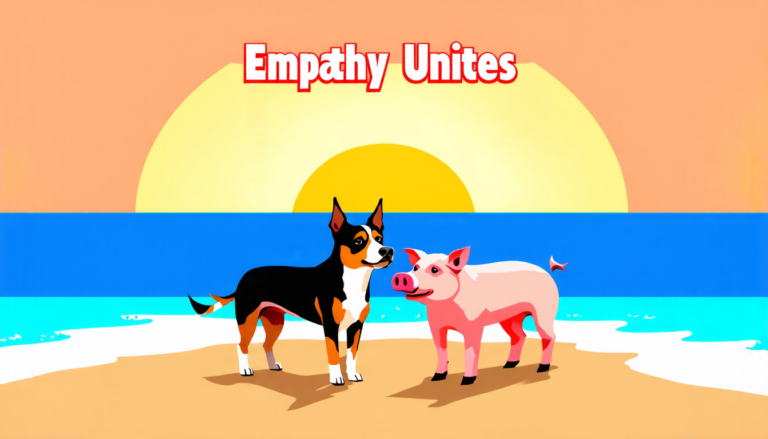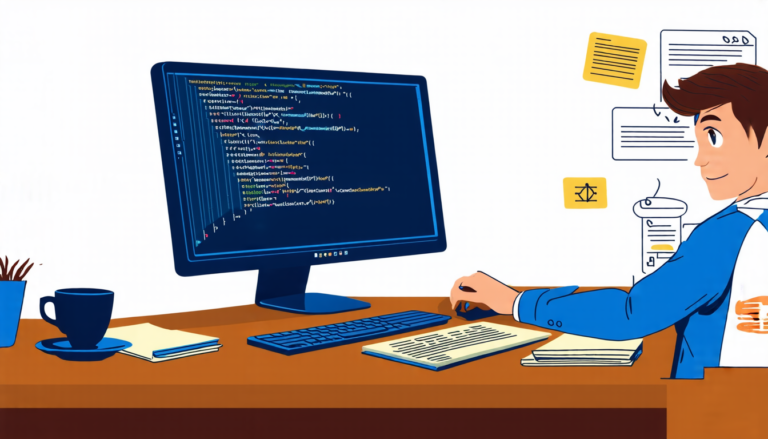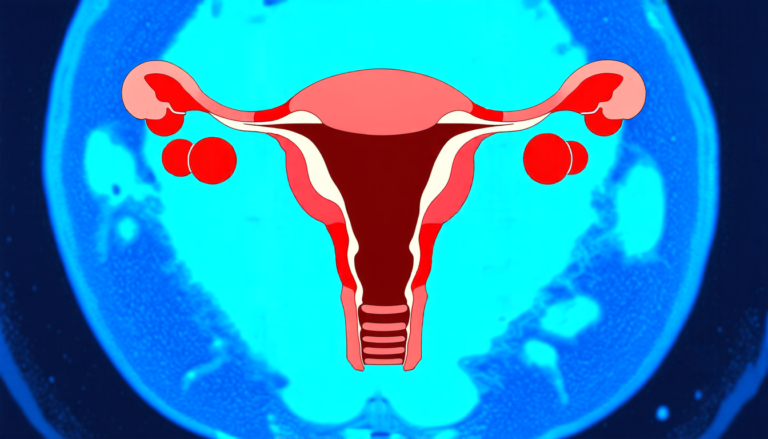Saturday 13 September 2025
The quest for high-fidelity image generation has long been a Holy Grail of AI research. For years, scientists have been struggling to create machines that can produce photorealistic images that accurately reflect the world around us. Recently, a team of researchers made significant strides in this direction by developing a novel approach that combines contrastive learning with structural guidance.
The core idea behind this method is to use text-based descriptions as input and generate corresponding images that are semantically accurate and structurally consistent. This is achieved through the integration of two key components: an image-text contrast perception encoder and a structure guidance generator.
The first component, the contrast perception encoder, learns to model the relationship between textual descriptions and real-world images. By constructing positive and negative pairs of text-image combinations, the model develops a deeper understanding of what makes an image semantically coherent. This allows it to generate images that not only look realistic but also accurately reflect the intended meaning behind the input text.
The second component, the structure guidance generator, provides fine-grained spatial information about the layout and composition of the generated image. By incorporating structural priors such as edge maps or semantic layouts, this module ensures that the generated image is not only visually appealing but also structurally coherent. This means that the model can produce images with accurate object boundaries, clear details, and a sense of depth.
In experiments, the proposed method demonstrated impressive results, outperforming existing state-of-the-art models in terms of semantic alignment accuracy and structural fidelity. The generated images were not only visually realistic but also semantically consistent with the input text descriptions. This was evident in the ability of the model to accurately capture subtle nuances in object placement, lighting, and texture.
The implications of this research are far-reaching, with potential applications in fields such as virtual reality, intelligent interaction, and medical imaging. In these domains, high-fidelity image generation is crucial for creating realistic and immersive environments that can accurately reflect real-world scenarios. The proposed method has the potential to revolutionize these areas by providing a more accurate and controlled approach to image synthesis.
Furthermore, this research highlights the importance of combining multiple modalities in AI development. By integrating text-based descriptions with visual information, the model is able to develop a deeper understanding of the world around us. This synergy between language and vision has the potential to unlock new possibilities for human-computer interaction, enabling machines to better understand our intentions and respond accordingly.
Cite this article: “Photorealistic Image Generation through Contrastive Learning and Structural Guidance”, The Science Archive, 2025.
Ai, Image Generation, Contrastive Learning, Structural Guidance, Text-Based Descriptions, Photorealistic Images, Semantic Alignment Accuracy, Structural Fidelity, Virtual Reality, Intelligent Interaction, Medical Imaging.







